One of the members of the Aussie forum recently posted an interesting smoother. He collects Siegley planes and the #3 (type 7, around 1897) he showed is simply beautiful ...
What caught my eye was the adjustable mouth ...
What is also particularly interesting about it is that it is a single iron plane, at the time Bailey/Stanley were building planes with double irons.
The relevance of this is that there has been much discussion over the past year about the lost art of setting the chip breaker (in a double iron) for interlocked grain when smoothing. This is done in combination with a larger-than-average mouth (otherwise the shavings will jam it).
Here we have a single iron plane (i.e. no chip breaker) that instead uses the mouth size to control tear out. I asked him what was the angle of the frog on the Siegley. He replied it was 48 degrees (I suspect it is actually 47 1/2 degrees, the same as UK infills).
The issue is that the "lost art of the chip breaker" argues that this information faded into the background only fairly recently, somewhere in the last 20 or 30 years when most of the leading educationalists (video and books) in modern times only referred to the size of the mouth or the cutting angle as methods for controlling tear out.
Now the Siegley plane represents a design that precedes these years, is smack in the middle of the Stanley chip breaker period, and yet is not following that theory/method. Indeed, Siegley were purchased by Stanley and then continued to offer this design (rather than converting it to their format, or simply scrapping it to reduce competition).
What is suggests is that there may have always been two schools of thought for controlling tear out, and both with a history of success in use.
Regards from Perth
Derek



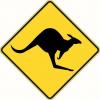
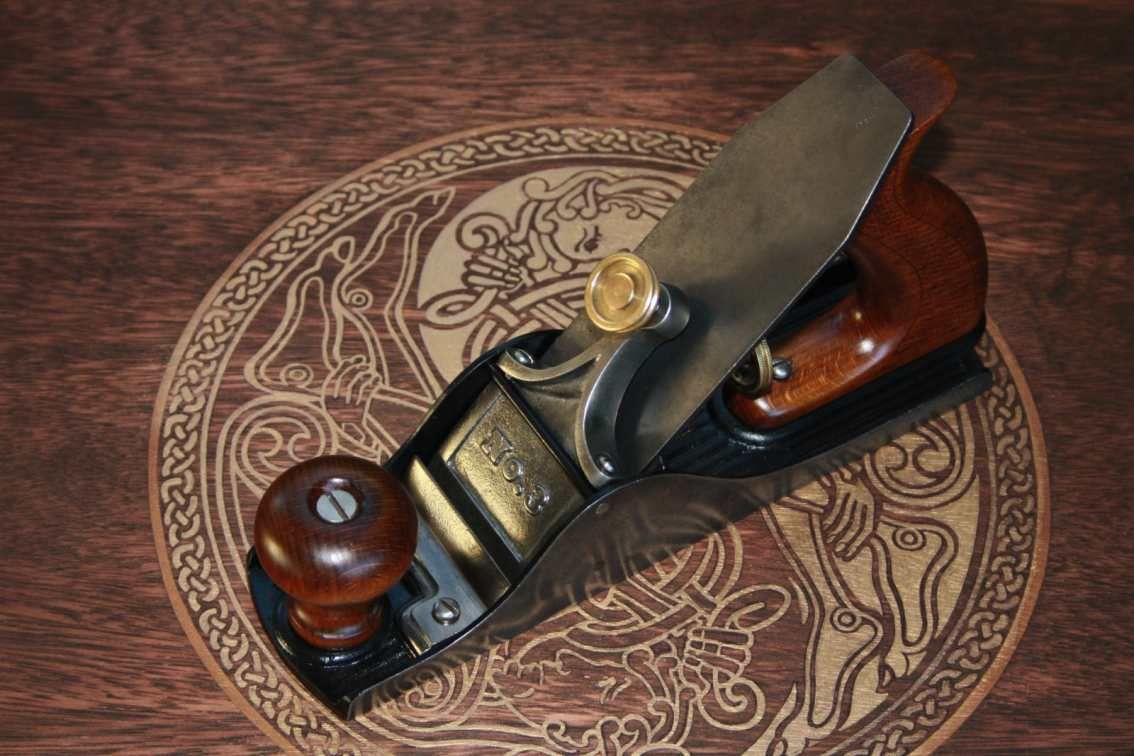
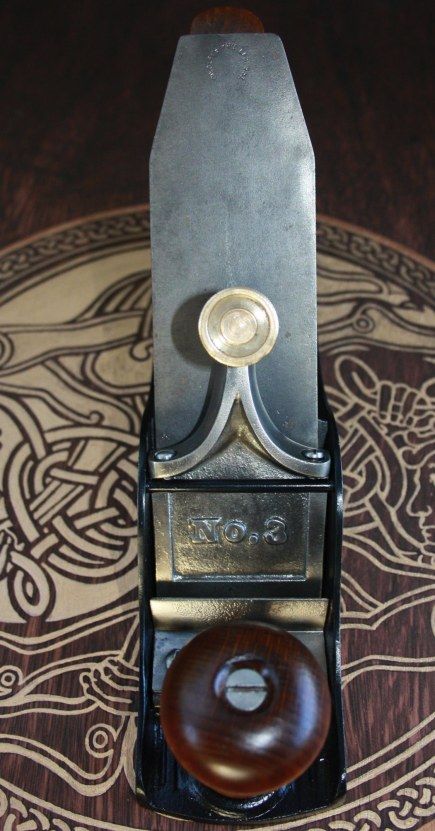
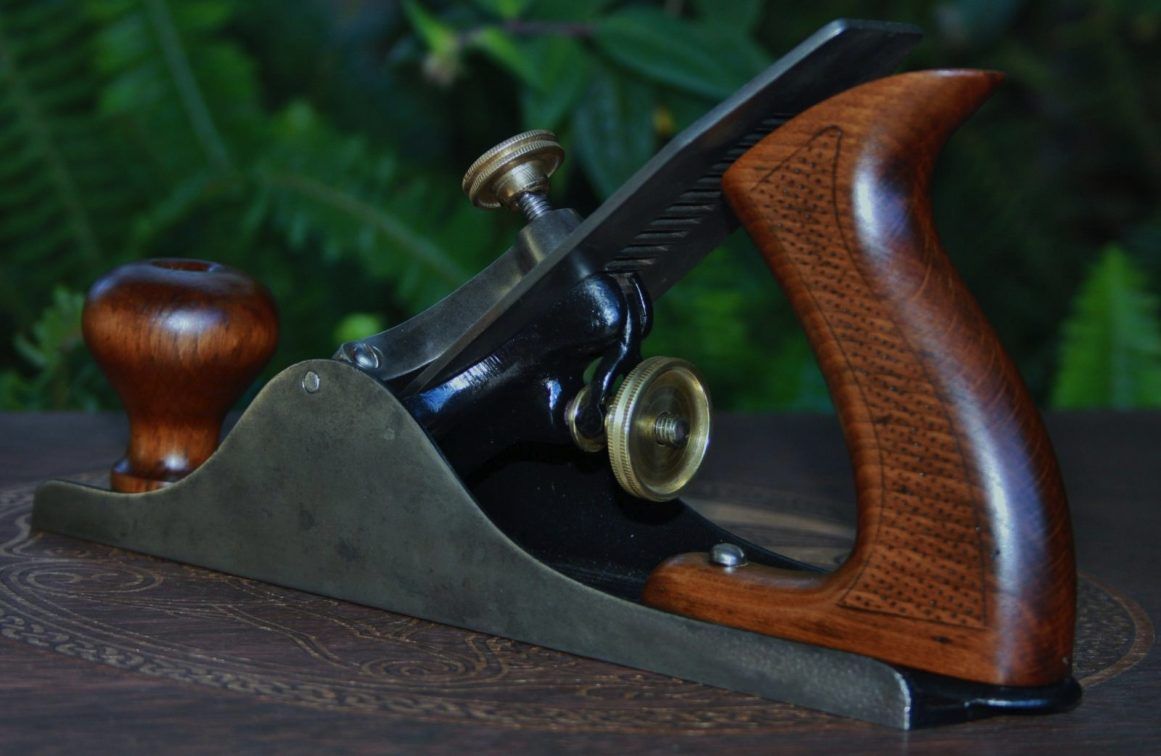
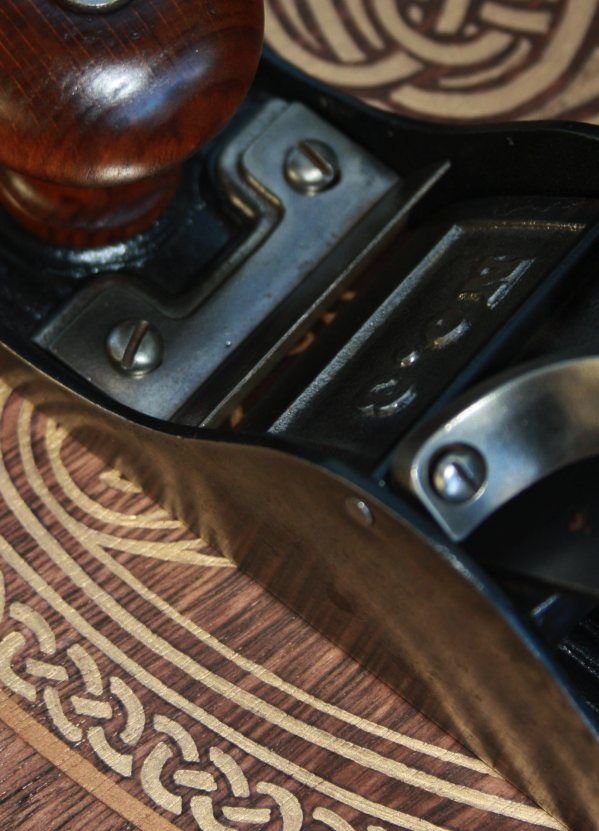

 Reply With Quote
Reply With Quote




